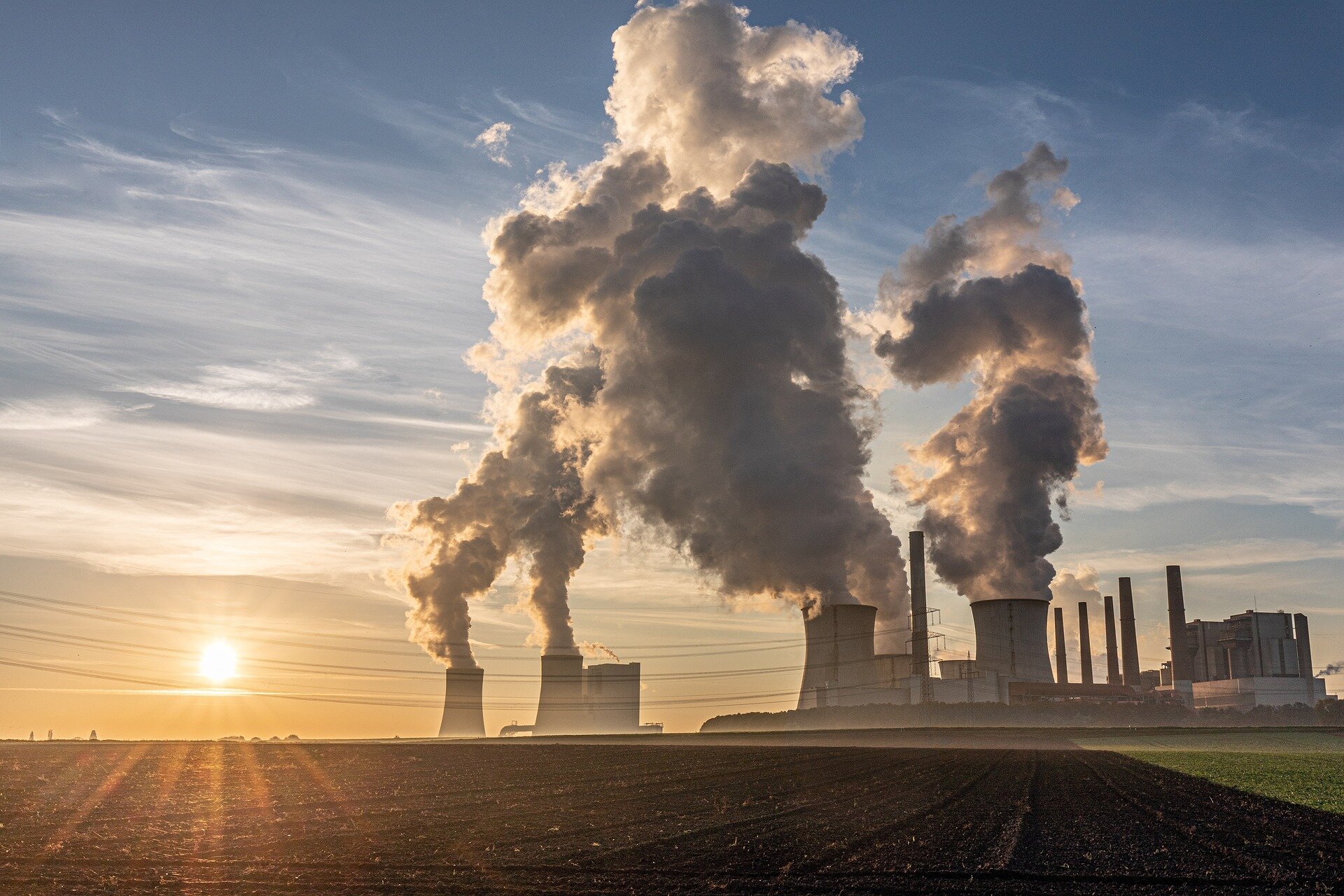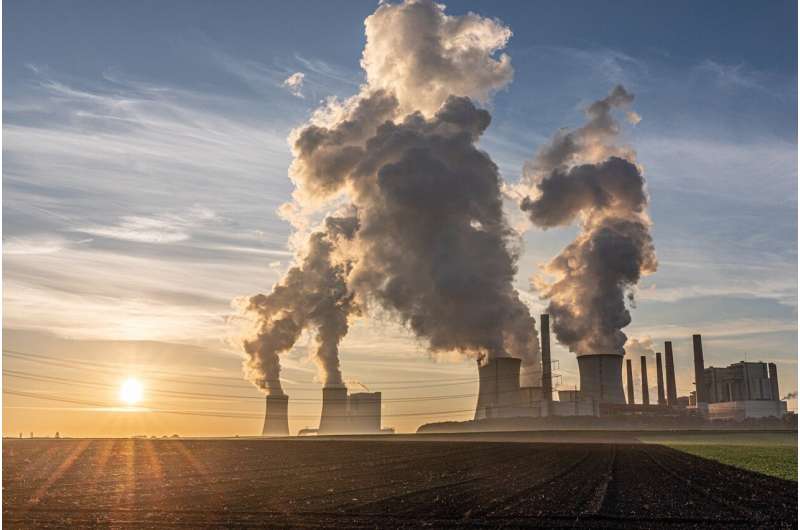

A new study by Chinese scientists, released on May 29 in Shanghai, has called for the use of consumption-based accounting (“CBA”) emissions in calculating global carbon emissions in order to help make allocating responsibility for reducing emissions just and fair.
The study, “Research Report on Consumption-based Carbon Emissions (2024)” (the Report), was jointly completed by scientists from several institutes under the Chinese Academy of Sciences (CAS) as well as from Tsinghua University.
The Report presents the latest research results on global carbon emissions from the consumption perspective. The scientists analyzed the evolution of CBA emissions in major developed and developing countries from 1990 to 2019 and compared CBA emission changes in China and the United States, with a focus on assessing the carbon transfer effects of key trade products.
“Carbon emission accounting is the key basis for global emission reduction and climate change governance,” said Wei Wei, one of the lead authors of the Report and also a researcher at the Shanghai Advanced Research Institute of CAS.
Wei noted that the widely adopted PBA (production-based accounting) method does not consider the implicit contribution of economic activities-especially international trade-to carbon emissions. Wei said that the CBA method could help clarify how the responsibility for global emissions reduction could be fairly attributed to producers and customers.
The Report points out that from 1990 to 2019, the CBA emissions of major developed countries were higher than PBA emissions throughout the period, while the opposite was true for major developing countries.
For non-OECD members, which are mainly developing countries, the gap between CBA and PBA emissions gradually increased from 1.47 Gt in 1990 to 4.17 Gt in 2019. The CBA emissions of OECD members have continuously been higher than PBA emissions, with the gap between the two gradually increasing from 1.24 Gt in 1990 to 3.64 Gt in 2006 and then decreasing to 1.42 Gt in 2019.
According to the Report, China remains the world’s largest undertaker of embodied trade carbon emissions. The gap between China’s PBA and CBA emissions increased from 0.7 Gt in 1990 to 1.8 Gt in 2019. Meanwhile, China’s embodied carbon intensity in exported products decreased by 83.3% during this period, showing that China is providing more and more green and low-carbon products to the world.
Industrial raw materials and tech-intensive green products are major types of trade products in China. In 2021, China bore 100 million tons of net carbon emissions from trade in steel products and 250 million tons from trade in photovoltaic products for other countries.
“In order to achieve global carbon reduction goals, all countries across the world should work together to promote science and technology advancement,” said Wei, who noted that countries have certain common carbon reduction responsibilities as well as responsibilities specific to each country.
The Report suggests that opportunities remain for further improvement in CBA emission methods. The calculation of carbon footprints for products not only requires higher quality data but also broader products range.
“In addition, the Report suggests creating a CBA methodology that combines top-down and bottom-up approaches that focus on region-level emissions and product-level emissions, respectively, with the goal of sharing responsibility for emissions more fairly and subsequently reducing such emissions.”
Provided by
Chinese Academy of Sciences
Citation:
Scientists call for using consumption-based accounting of carbon emissions to increase fairness (2024, May 29)
retrieved 29 May 2024
from https://phys.org/news/2024-05-scientists-consumption-based-accounting-carbon.html
This document is subject to copyright. Apart from any fair dealing for the purpose of private study or research, no
part may be reproduced without the written permission. The content is provided for information purposes only.

